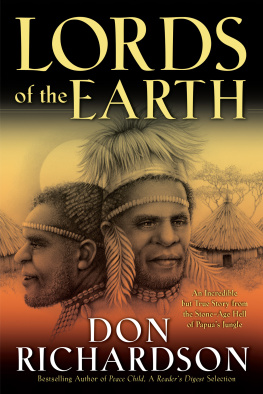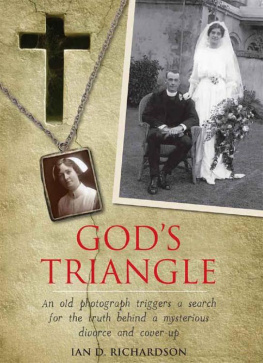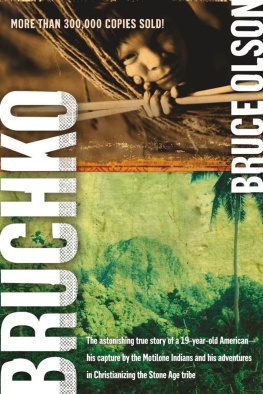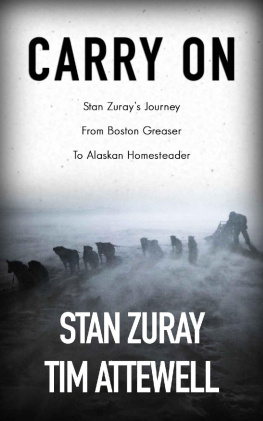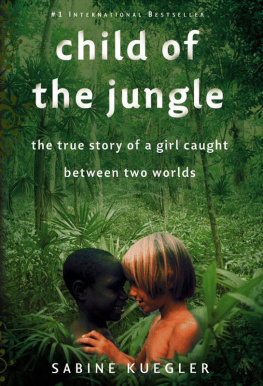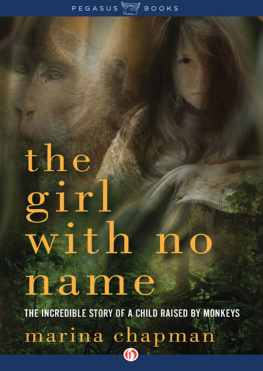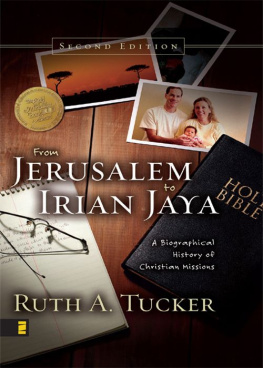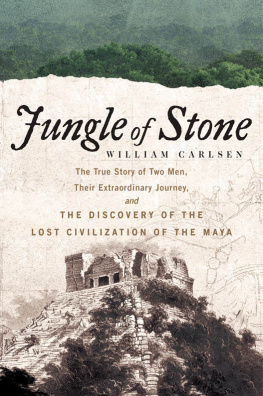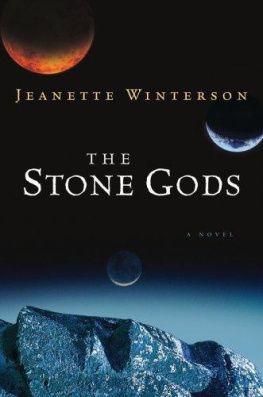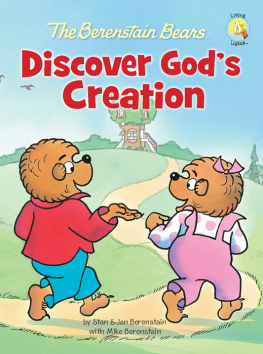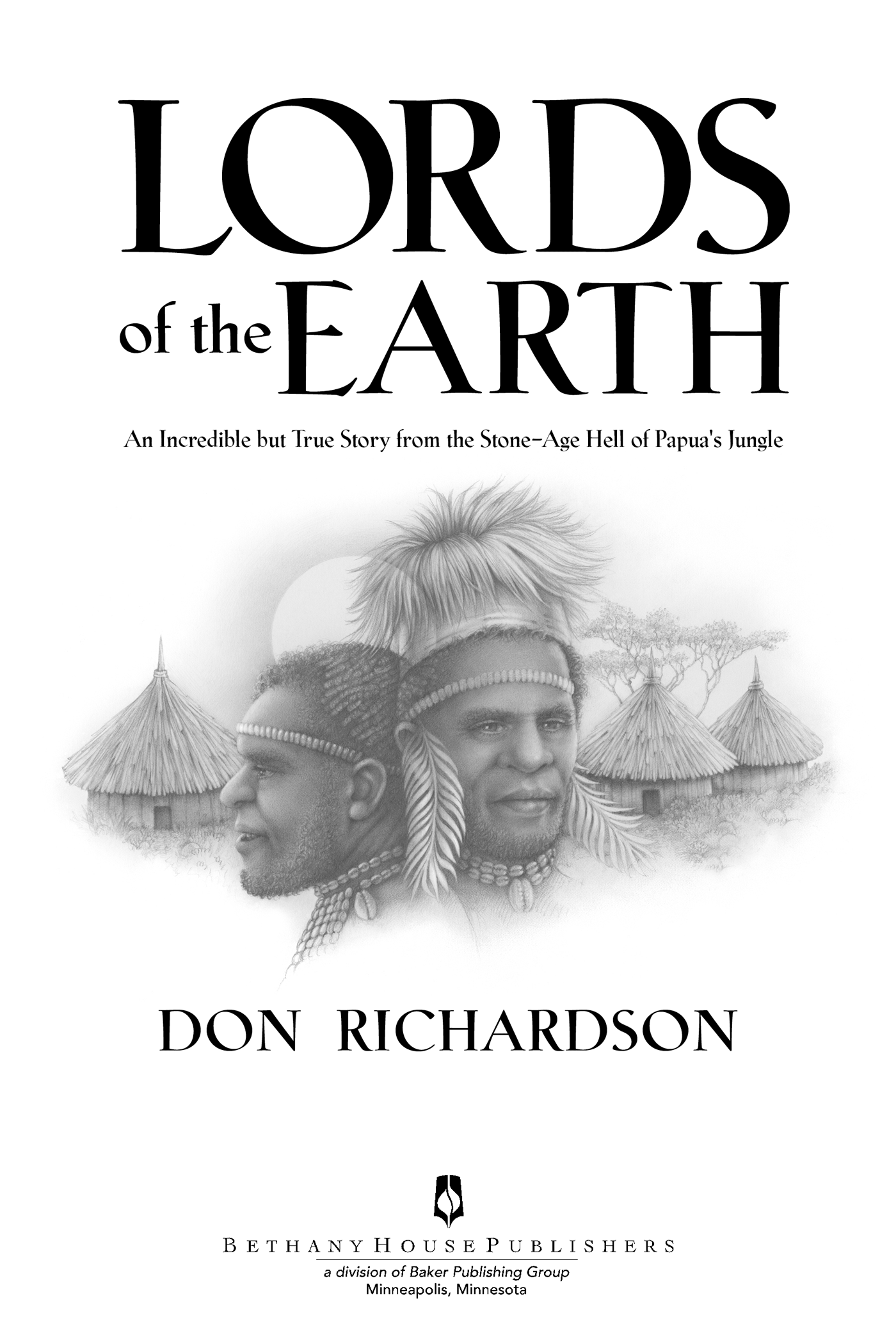
1977 by Don Richardson
Published by Bethany House Publishers
11400 Hampshire Avenue South
Bloomington, Minnesota 55438
www.bethanyhouse.com
Bethany House Publishers is a division of
Baker Publishing Group, Grand Rapids, Michigan.
www.bakerpublishinggroup.com
Bethany House Publishers edition published 2014
ISBN 978-1-4412-6695-8
Previously published by Regal Books
Ebook edition originally created 2011
All rights reserved. No part of this publication may be reproduced, stored in a retrieval system, or transmitted in any form or by any meansfor example, electronic, photocopy, recordingwithout the prior written permission of the publisher. The only exception is brief quotations in printed reviews.
Library of Congress Cataloging-in-Publication Data is on file at the Library of Congress, Washington, DC.
All Scripture quotations in this book are the authors own paraphrase.
Photos by Frank Clarke, Stan Dale, Bruno de Leeuw, Phil Masters, Phyliss Masters and John Wilson.
To these my very human
yet charmingly unique
colleagues who lived,
loved and labored for the
eastern highland people
of Irian Jaya.
To those who allowed me to
tell their story frankly.
To those who continue their work.
CONTENTS

Natives of the Swart Valley, Lords of the Earth, in their finery

Yali wearing yards of rattan coiled around their bodies
PREFACE
The names of some of the Yali characters in this book have been shortened or altered to make them easier to pronounce and remember.
The events in Part One, The Three-Rimmed World, are of course undated as narrated to me by Yali informants, since the Yali possessed no dating system. I have therefore taken some liberties in arranging these events in a chronological order, which enables readers to understand cultural significance more readily. In a few cases, gaps in the memory of my informants concerning certain persons or events have been filled with culturally typical material from other Yali persons or events.
My heartfelt thanks:
To my Yali friendsFoliek, Sar, Dongla, Luliap, Yemu, Erariek, Latowen, Aralek, Suwi, Emeroho, Engehap, Kusaho, Nalimo, and othersfor spellbinding data on Yali culture and history.
To my longtime friend and coworker, Tuanangen, one of the five courageous Dani who stayed with Stan and Bruno until the Ninia airstrip was completed, for historical detail on that dangerous first advance into the Heluk Valley.
To my Scottish colleague, John Wilson, whose expert knowledge of the Yali tongue was my main bridge of communication with the Yali people, and who guided me to the site of many of the events here narrated.
To Johns wife, Gloria, and to Art and Carol Clarke, for kind hospitality during research at Ninia.
To Stan Dales sisters, Sadie Murley and Elaine Cook, and to Alex Gilchrist, Ted Hoel, and Lindsey and Claire Slade for sharing their memories of Stan Dales youth and early ministry.
To Pat Dale for lending me her own and her husbands diaries and notes.
To Phyliss Masters for sharing her memories of Phil and of the early days at Korupoon.
To Bruno and Marlys De Leeuw and Costas and Alky Macris for their recollections of early days of struggle in the Heluk. To Don and Alice Gibbons, Gordon and Peggy Larson, and John and Helen Ellenburger for background on the spiritual movement among the Damal and Dani tribesmen. To my wife, Carol, and to Barbara Willis for many hours spent typing this manuscript.

RBMU, Sentani, Irian Jaya
Indonesia
INTRODUCTION
The yali. Cannibals with a difference. Masters of jungle warfare who keep shooting until arrows stand in their victims bodies as thick as reeds in a swamp. Black demons glistening with lard-and-soot cosmetic, wearing hundreds of yards of rattan coiled about their bodies like wire around magnetos, sporting penis gourds that jut before them like jib booms flaunting their maleness.
They called themselves men of power... lords of the earth, for in their remote mountain-walled valleys, no one challenged their sway. In league with the kembu spirits, Yali males bowed to no one and needed nothing.
Or did they?
Rawhide-tough missionary-commando Stan Dale and gentle Dutch-Canadian Bruno de Leeuw believed that the Yali needed the gospel of Jesus of Nazareth. Buoyant with faith, Stan and Bruno entered the Heluk Valley and were joined later by Stans wife, Pat, and their four children. Little did Stan or Bruno dream how complex their mission really was.
Or how chilling were the hazards awaiting them.



Part I
THE THREE-RIMMED WORLD
THE DAY THE SKY FELL
Chapter 1
Kugwarak peered into the gray abyss like some sinister gargoyle. Hoary brows, hoarier now with condensed mist, beetled over the black hollows of his eyes. Flaps of skin, no longer filled with the muscle of youth, hung down on his sunken chest like an old womans paps. Yet despite his age, he huddled in an oddly fetal position, sitting back on his heels, arms folded on knees, chin resting on bony wrist.
Kugwarak shivered.
High above him, black ramparts of Dutch New Guineas Snow Mountains loomed in three sweeping rims against the dawn glow, dwarfing Kugwaraks world. Far below, dimly visible through a thousand feet of mist, the Heluk River bled white through a chaotic gash. Its thunder rose and fell on the wind, like a pulse of time itself.
Kugwarak shivered again and looked for the sun.
Instead, a vivacious brown cherub materialized out of the mist and ran to his sideNindik, his granddaughter. She wore only a skimpy reed skirt. In her hands she bore two freshly cooked yams. The larger one she gave to her grandfather. She herself ate the smaller yam, ash-encrusted skin and all. Kugwarak would have scolded her if she had thrown the skin away.
Then, leaning warm against Kugwaraks trembling side, she began plucking lice from his balding pate, popping them between her teeth for dessert. Like a stream against a stone, her laughter rippled around him. Then fell the first ray of sun, suffusing elder and child in gauzy golden light.
Soon full sunlight burst upon them, burning back the mist.
Askew on a knoll behind them leaned the old mans dwelling, a badly dilapidated yogwa, or mans hut, of the Yali tribe. It was circular in structure, walled with stone-hewn boards and capped with a conical roof of nine-foot-long pandanus
Next page
